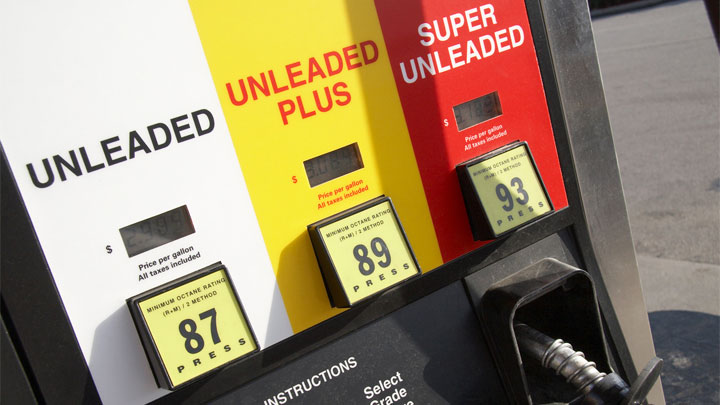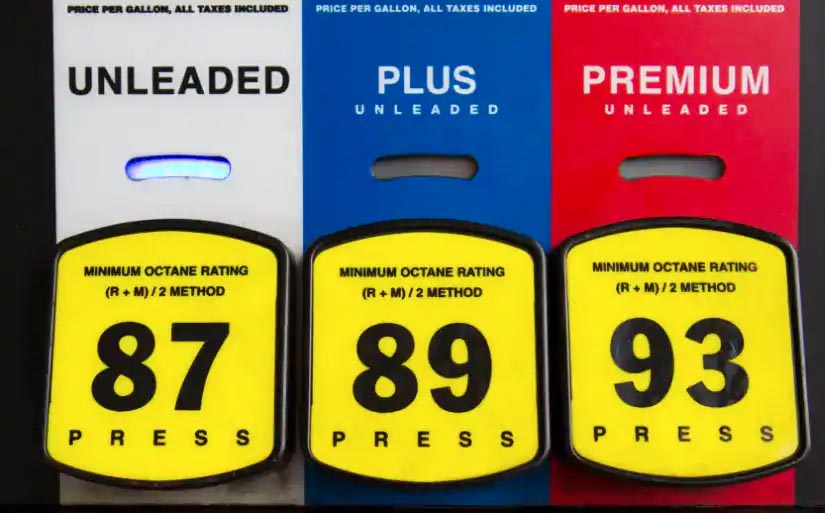Most personal watercraft (PWC) have a small gas tank and are very fuel efficient. However, it is still important to check for gas fumes after fueling your PWC. There are a few ways to check for gas fumes after fueling a personal watercraft (PWC). You can check the gas fumes either manually or using a device.

Using a gas detector can be the best and secure way to check for gas fumes after fueling a PWC. These devices are designed to detect leaks in fuel lines and hoses. If you suspect a gas leak, it’s best to have your PWC serviced by a mechanic.
Tips to Check for Gas Fumes After Fueling a PWC Manually (Using Your Nose to Smell)
Before starting your PWC, make sure the area is well ventilated. Then, open the engine compartment and inspect the fuel lines and hoses for any leaks. If you see any leaks, it’s best to have a mechanic take a look at your PWC.
- Take a sniff at the engine compartment. If you smell gas, do not start the engine. Instead, open the gas cap and check to see if there are any fumes coming from the tank. If there are, do not start the engine and contact a qualified technician to have the problem fixed.
- If you do not smell any fumes coming from the engine compartment, start the engine and let it idle for a few minutes. Again, open the engine compartment and take a sniff. If you smell gas, do not operate the PWC and contact a qualified technician to have the problem fixed.
- If you do not smell any fumes after starting the engine and letting it idle, you should be safe to operate your PWC. However, it is always a good idea to keep an eye on the fuel gauge and refuel before it gets too low.
By following these simple steps, you can help ensure that your PWC is safe to operate and that you do not end up stranded out on the water.
What Safety Measures Are Required for Steering Control on a PWC?
When it comes to ensuring a safe experience on a personal watercraft (PWC), understanding the steering control essentials on pwc is crucial. Before setting off, riders must be familiar with the PWC’s steering system, such as the handlebars and throttle. Wearing a personal flotation device, practicing proper body positioning, and maintaining a safe distance from other vessels are also important safety measures for PWC steering control.
FAQs
Conclusion
The best way to check for gas fumes after fueling a PWC is to use your nose. If you smell gas, there are probably fumes present. You can also use a gas detector if you have one available.



